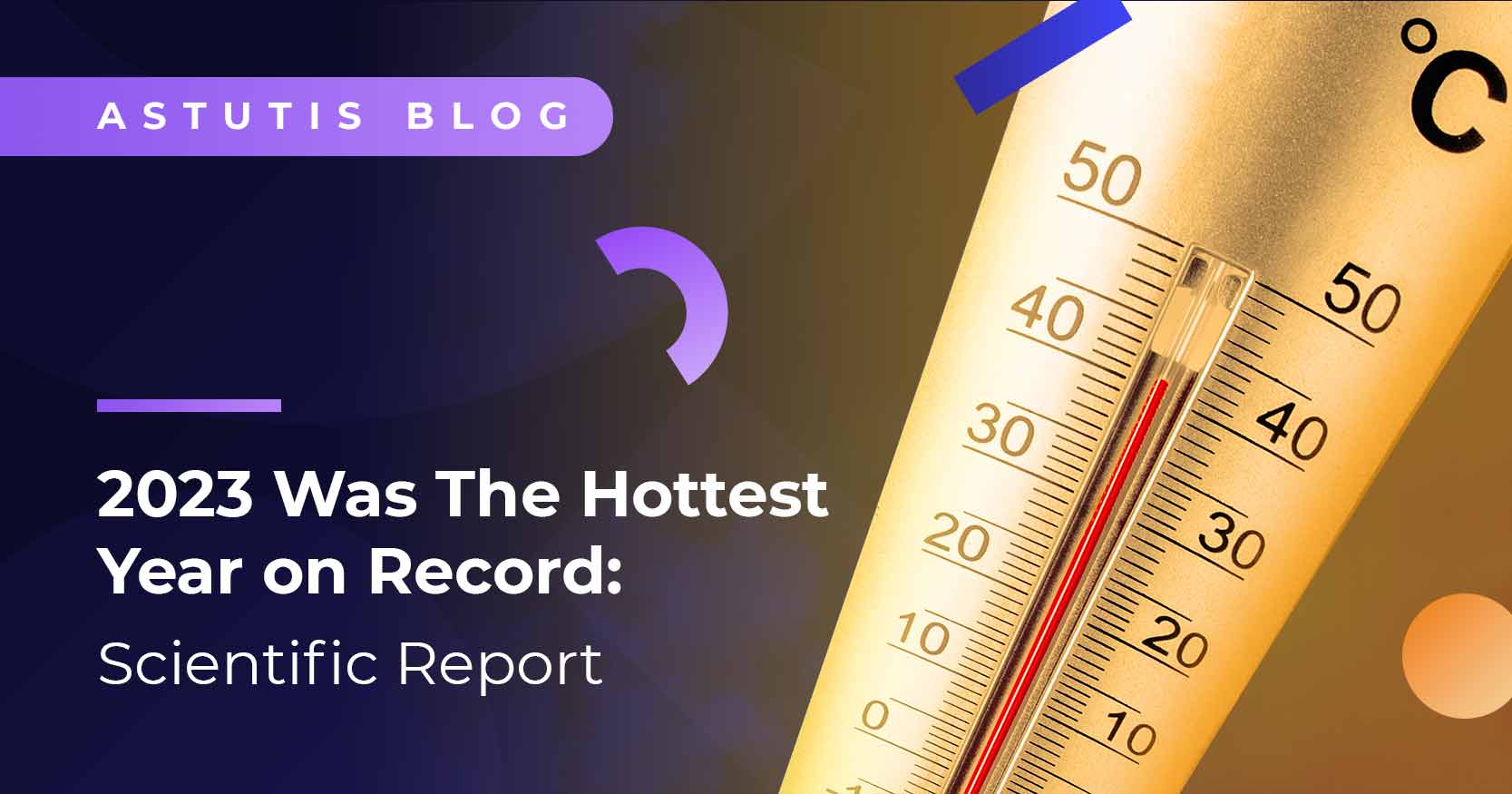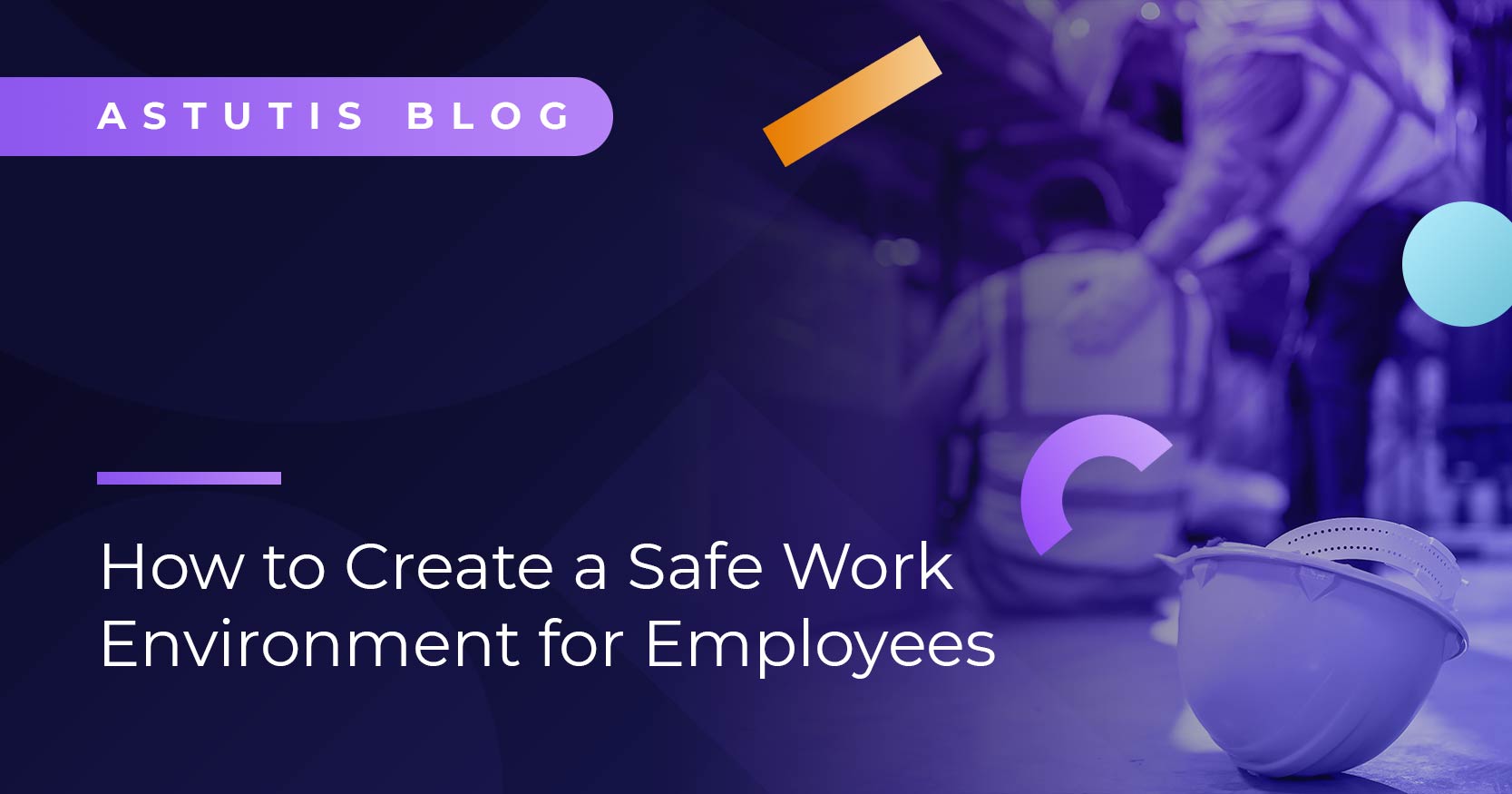NEBOSH Unit D - (4) tying up your report with a sensible conclusion
This post is relevant for all students who started their NEBOSH National/International Diploma before September 2017 and have to complete the Unit D or ID assignment. The last resubmission date for this Unit (2010 specification only) in 29 August 2018. This Unit has been replaced by Unit DNI 2015 specification for all new and current NEBOSH National and International Diploma learners.
In this, my last in a series of 4 blog posts covering the NEBOSH Diploma and International Diplomas' Workplace Assignment, I will be looking at the report's conclusion and how to neatly tie the loop in the final stages by addressing succinctly the various aspects introduced in the earlier stages - not forgetting your executive summary of course, which, although the very first thing your examiner will read, should always be addressed at the very end of your assignment.
 The Dreaded ‘D’ – tackling your Unit D workplace assignment
The Dreaded ‘D’ – tackling your Unit D workplace assignment
- Introducing Unit D – addressing the first part of your NEBOSH Diploma workplace assignment
- NEBOSH Unit D Workplace Assignment – how to approach the main body of your report
Conclusions – Worth up to 6 Marks D/ID
Conclusions are complete and summarise all findings in main body. No new material introduced.
For both national and international students
Conclusions should always refer back to aims and objectives. Learners should include findings and summarise them. Suggestions for improvements should not appear here, but instead within the recommendations section which follows. Consider whether you have met your own aims and objectives? There should be no new materials included here. Everything discussed should already feature within the report beforehand. Tip – refer back to the health and safety management system and risk assessments to ensure you have concluded each point you have made. If you have used a numbering system, then this can be used as a cross reference to the main body.
Recommendations – Worth up to 6 Marks D/ID
Recommendations are based upon conclusions, practical, justified and prioritised. Full cost benefit analysis included.
For both national and international students
Recommendations should follow logically from the conclusions in a logical manner. They should be prioritised, justified and a cost benefit analysis should be done on each one. Many candidates fail to carry out a cost benefit analysis, as they mistakenly think that this is repeated or covered within the action plans. My tip, marks are awarded separately here for this, so don’t throw them away.
A reason must be given as to why each recommendation is included and all of the main findings have to be covered. Recommendations must be able to be fulfilled in a practical way with realistic resource implications considered. For the cost benefit analysis, consider what the company will gain by undertaking each recommendation, set against the cost of implementation. Costs can be approximated and may include time resource as well as budget.
Action Plan 1 – Worth up to 6 Marks D/ID
Health and Safety Management system – action plan follows from recommendations, all actions are costed, time bound with responsibilities identified and provision for review.
Action Plan 2 – Hazards and Risks – Worth up to 6 Marks D/ID
Action plan follows on from recommendations. Actions based on chosen priority areas from the two risk assessments. All actions are costed, time bound, with responsibilities identified and provision for review.
For both national and international students
The action plans are the tool through which recommendations will be implemented. Two separate action plans are required.
Nebosh suggest a table is used, so use this. The action plans should be specific and should be lead by the recommendations for the Health and Safety Management System (plan 1) and risk assessments (2) that you have already identified. Once again, you are required to prioritise, justify and include a cost benefit analysis. You may feel as if you are repeating yourself regarding the recommendations, but this should be different in that the action plan includes information relating to how and when progress against the recommendation will be reviewed.
Executive Summary – Worth up to 10 Marks D/ID
Includes all important findings, summarises conclusions and recommendations. Persuasive case made for implementation. Within page limit.
For both national and international students
The executive summary should be the last thing that you write, but appears at the beginning of the assignment. This is the only part of the assignment where you have a strict word count, and severe penalty if you exceed it. You should not write more than a single side of A4 paper for the executive summary. The whole report should be arial 11 font size, single-spaced with two centimetre print margins. From an examiners perspective, the margins are important as it means we can correctly read your assignment and that we don’t have to take the document apart to read what text is hidden in the margins under the binding. Do not change the font to get more information in to the executive summary.
It should provide a clear overview of all the main points arising from the main body and summarise the main conclusions and recommendations. If the reader only read this, then they should be convinced of the need to take action. The information presented should be concise but persuasive.
Bibliography and References
Both national and international students
References should give an indication of the evidence of research undertaken. Use of either Harvard or Vancouver systems are appropriate (see earlier blog). As an examiner, this is often one of the first sections that I read, to give me an indication of the depth of research undertaken.
Log and Submission
Both national and international students
Please refer to the earlier blog regarding general advice around submission of the Unit D/ID. Also see the Nebosh web site for general advice.
Related Blogs

Real Life Stories









